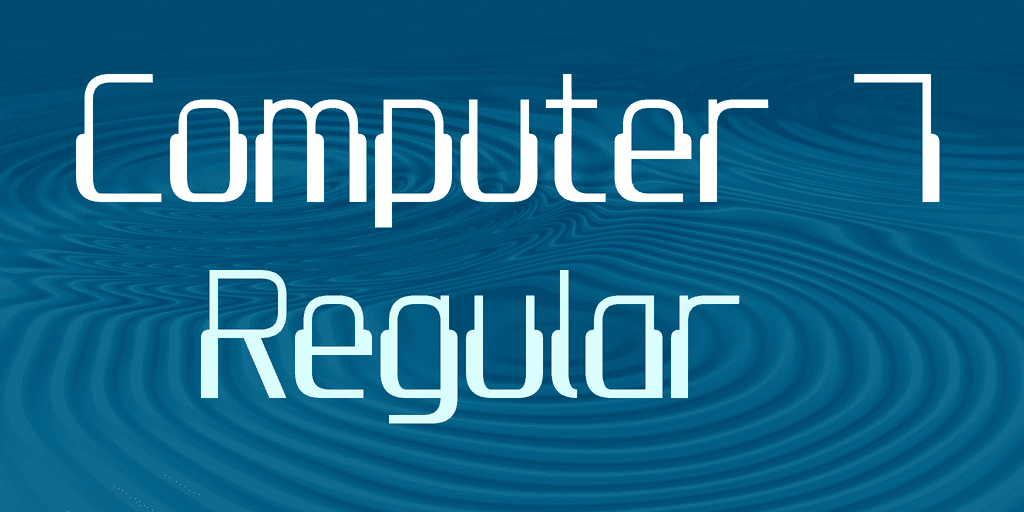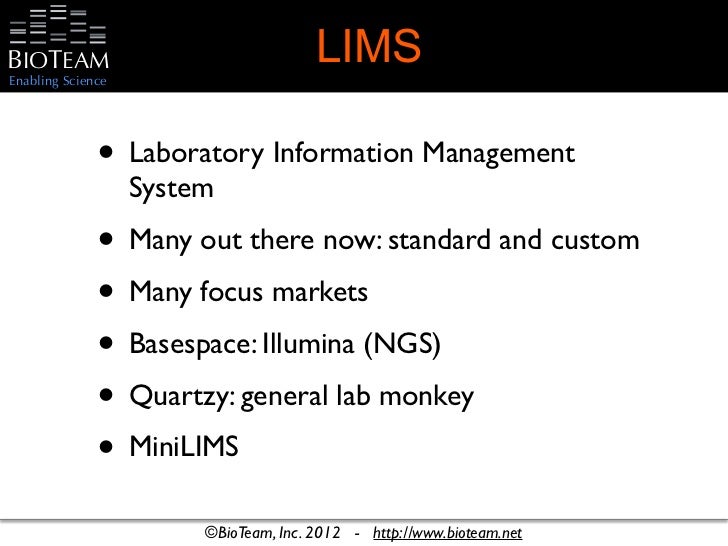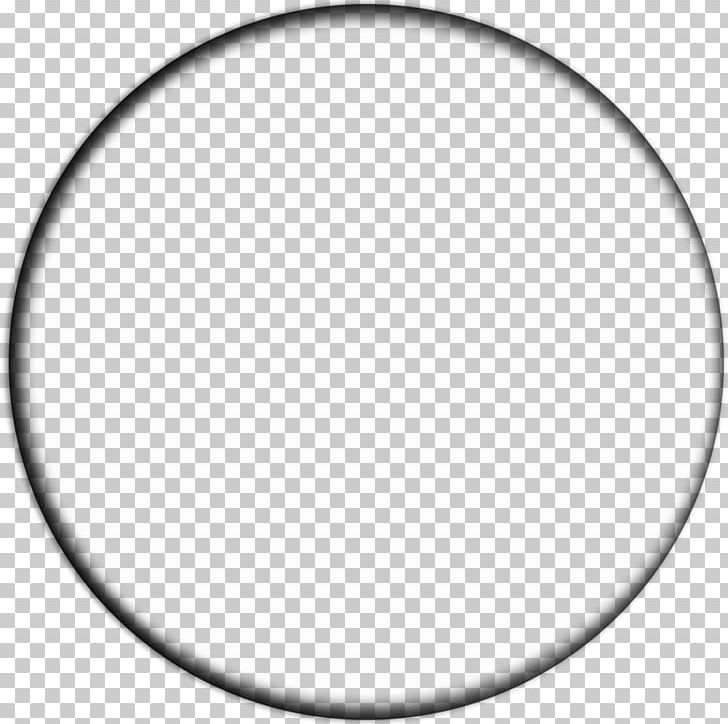- Science Font For Thought Making
- Science Font For Thought Examples
- Best Font For Science
- Science Fonts Free
- Science Font For Thought Provoking
Philosophers and psychologists alike have long realized that thinking is not of a “single piece.” There are many different kinds of thinking, and there are various means of categorizing them into a “taxonomy” of thinking skills, but there is no single universally accepted taxonomy. One common approach divides the types of thinking into problem solving and reasoning, but other kinds of thinking, such as judgment and decision making, have been suggested as well.
Problem solving
Problem solving is a systematic search through a range of possible actions in order to reach a predefined goal. It involves two main types of thinking: divergent, in which one tries to generate a diverse assortment of possible alternative solutions to a problem, and convergent, in which one tries to narrow down multiple possibilities to find a single, best answer to a problem. Multiple-choice tests, for example, tend to involve convergent thinking, whereas essay tests typically engage divergent thinking.
The problem-solving cycle in thinking
Many researchers regard the thinking that is done in problem solving as cyclical, in the sense that the output of one set of processes—the solution to a problem—often serves as the input of another—a new problem to be solved. The American psychologist Robert J. Sternberg identified seven steps in problem solving, each of which may be illustrated in the simple example of choosing a restaurant:
Science Font For Thought Making
- Problem identification. In this step, the individual recognizes the existence of a problem to be solved: he recognizes that he is hungry, that it is dinnertime, and hence that he will need to take some sort of action.
- Problem definition. In this step, the individual determines the nature of the problem that confronts him. He may define the problem as that of preparing food, of finding a friend to prepare food, of ordering food to be delivered, or of choosing a restaurant.
- Resource allocation. Having defined the problem as that of choosing a restaurant, the individual determines the kind and extent of resources to devote to the choice. He may consider how much time to spend in choosing a restaurant, whether to seek suggestions from friends, and whether to consult a restaurant guide.
- Problem representation. In this step, the individual mentally organizes the information needed to solve the problem. He may decide that he wants a restaurant that meets certain criteria, such as close proximity, reasonable price, a certain cuisine, and good service.
- Strategy construction. Having decided what criteria to use, the individual must now decide how to combine or prioritize them. If his funds are limited, he might decide that reasonable price is a more important criterion than close proximity, a certain cuisine, or good service.
- Monitoring. In this step, the individual assesses whether the problem solving is proceeding according to his intentions. If the possible solutions produced by his criteria do not appeal to him, he may decide that the criteria or their relative importance needs to be changed.
- Evaluation. In this step, the individual evaluates whether the problem solving was successful. Having chosen a restaurant, he may decide after eating whether the meal was acceptable.
Science Font For Thought Examples
This example also illustrates how problem solving can be cyclical rather than linear. For example, once one has chosen a restaurant, one must determine how to get there, how much to tip, and so on.
Publications – Quality not Quantity Just a note to supervisors that when a postgraduate student comes to submitting a paper to a journal please emphasise that an appropriate journal with a high Impact Factor is great to try for, maybe pick 3 journals and shoot for the highest Impact Factor – you never know and it will come back to you in RIBG and help to maintain the faculties ERA of 5. The evolution of western scientific thought since the Enlightenment has largely diverged from other ways of 'knowing'. Much of modern Western politics, artistic thought (architecture, sculpture), scientific thought, theatre, literature, and philosophy derives from this period of Greek history.

These font pairs are perfect if you are trying to create your next logo, presentation, infographic, or anything else you’d like to design. There’s a science to applying a heading, subheading and body copy to suit the type of content you’re producing and the message or tone of your brand.
- MIT School of Engineering Room 1-206 77 Massachusetts Ave. Cambridge, MA +1-617-253-3291. MIT Directory Accessibility.
- So that’s the 5 fonts that add credibility and professionalism to your scientific research. Did you find your favorite fonts here? Do you have other favorites? Please share your thoughts in the comment section. Also, please feel free to send this article along to those who might benefit from this short article.

Structures of problems

Psychologists often distinguish between “well-structured” and “ill-structured” problems. Well-structured problems (also called well-defined problems) have clear solution paths: the problem solver is usually able to specify, with relative ease, all the steps that must be taken to reach a solution. The difficulty in such cases, if any, has to do with executing the steps. Most mathematics problems, for example, are well-structured, in the sense that determining what needs to be done is easy, though carrying out the computations needed to reach the solution may be difficult. The problem represented by the question, “What is the shortest driving route from New York City to Boston?” is also well-structured, because anyone seeking a solution can consult a map to answer the question with reasonable accuracy.
Ill-structured problems (also called ill-defined problems) do not have clear solution paths, and in such cases the problem solver usually cannot specify the steps needed to reach a solution. An example of an ill-structured problem is, “How can a lasting peace be achieved between country A and country B?” It is hard to know precisely (or, perhaps, even imprecisely) what steps one would take to solve this problem. Another example is the problem of writing a best-selling novel. No single formula seems to work for everyone. Indeed, if there were such a formula, and if it became widely known, it probably would cease to work (because the efficacy of the formula would be destroyed by its widespread use).
The solution of ill-structured problems often requires insight, which is a distinctive and seemingly sudden understanding of a problem or strategy that contributes toward a solution. Often an insight involves conceptualizing a problem or a strategy in a totally new way. Although insights sometimes seem to arise suddenly, they are usually the necessary result of much prior thought and hard work. Sometimes, when one is attempting to gain an insight but is unsuccessful, the most effective approach is that of “incubation”—laying the problem aside for a while and processing it unconsciously. Psychologists have found that unconscious incubation often facilitates solutions to problems.
Philosophers and psychologists alike have long realized that thinking is not of a “single piece.” There are many different kinds of thinking, and there are various means of categorizing them into a “taxonomy” of thinking skills, but there is no single universally accepted taxonomy. One common approach divides the types of thinking into problem solving and reasoning, but other kinds of thinking, such as judgment and decision making, have been suggested as well.
Problem solving
Problem solving is a systematic search through a range of possible actions in order to reach a predefined goal. It involves two main types of thinking: divergent, in which one tries to generate a diverse assortment of possible alternative solutions to a problem, and convergent, in which one tries to narrow down multiple possibilities to find a single, best answer to a problem. Multiple-choice tests, for example, tend to involve convergent thinking, whereas essay tests typically engage divergent thinking.
The problem-solving cycle in thinking
Many researchers regard the thinking that is done in problem solving as cyclical, in the sense that the output of one set of processes—the solution to a problem—often serves as the input of another—a new problem to be solved. The American psychologist Robert J. Sternberg identified seven steps in problem solving, each of which may be illustrated in the simple example of choosing a restaurant:
- Problem identification. In this step, the individual recognizes the existence of a problem to be solved: he recognizes that he is hungry, that it is dinnertime, and hence that he will need to take some sort of action.
- Problem definition. In this step, the individual determines the nature of the problem that confronts him. He may define the problem as that of preparing food, of finding a friend to prepare food, of ordering food to be delivered, or of choosing a restaurant.
- Resource allocation. Having defined the problem as that of choosing a restaurant, the individual determines the kind and extent of resources to devote to the choice. He may consider how much time to spend in choosing a restaurant, whether to seek suggestions from friends, and whether to consult a restaurant guide.
- Problem representation. In this step, the individual mentally organizes the information needed to solve the problem. He may decide that he wants a restaurant that meets certain criteria, such as close proximity, reasonable price, a certain cuisine, and good service.
- Strategy construction. Having decided what criteria to use, the individual must now decide how to combine or prioritize them. If his funds are limited, he might decide that reasonable price is a more important criterion than close proximity, a certain cuisine, or good service.
- Monitoring. In this step, the individual assesses whether the problem solving is proceeding according to his intentions. If the possible solutions produced by his criteria do not appeal to him, he may decide that the criteria or their relative importance needs to be changed.
- Evaluation. In this step, the individual evaluates whether the problem solving was successful. Having chosen a restaurant, he may decide after eating whether the meal was acceptable.

This example also illustrates how problem solving can be cyclical rather than linear. For example, once one has chosen a restaurant, one must determine how to get there, how much to tip, and so on.
Structures of problems
Best Font For Science
Psychologists often distinguish between “well-structured” and “ill-structured” problems. Well-structured problems (also called well-defined problems) have clear solution paths: the problem solver is usually able to specify, with relative ease, all the steps that must be taken to reach a solution. The difficulty in such cases, if any, has to do with executing the steps. Most mathematics problems, for example, are well-structured, in the sense that determining what needs to be done is easy, though carrying out the computations needed to reach the solution may be difficult. The problem represented by the question, “What is the shortest driving route from New York City to Boston?” is also well-structured, because anyone seeking a solution can consult a map to answer the question with reasonable accuracy.
Ill-structured problems (also called ill-defined problems) do not have clear solution paths, and in such cases the problem solver usually cannot specify the steps needed to reach a solution. An example of an ill-structured problem is, “How can a lasting peace be achieved between country A and country B?” It is hard to know precisely (or, perhaps, even imprecisely) what steps one would take to solve this problem. Another example is the problem of writing a best-selling novel. No single formula seems to work for everyone. Indeed, if there were such a formula, and if it became widely known, it probably would cease to work (because the efficacy of the formula would be destroyed by its widespread use).
Science Fonts Free

Science Font For Thought Provoking
The solution of ill-structured problems often requires insight, which is a distinctive and seemingly sudden understanding of a problem or strategy that contributes toward a solution. Often an insight involves conceptualizing a problem or a strategy in a totally new way. Although insights sometimes seem to arise suddenly, they are usually the necessary result of much prior thought and hard work. Sometimes, when one is attempting to gain an insight but is unsuccessful, the most effective approach is that of “incubation”—laying the problem aside for a while and processing it unconsciously. Psychologists have found that unconscious incubation often facilitates solutions to problems.